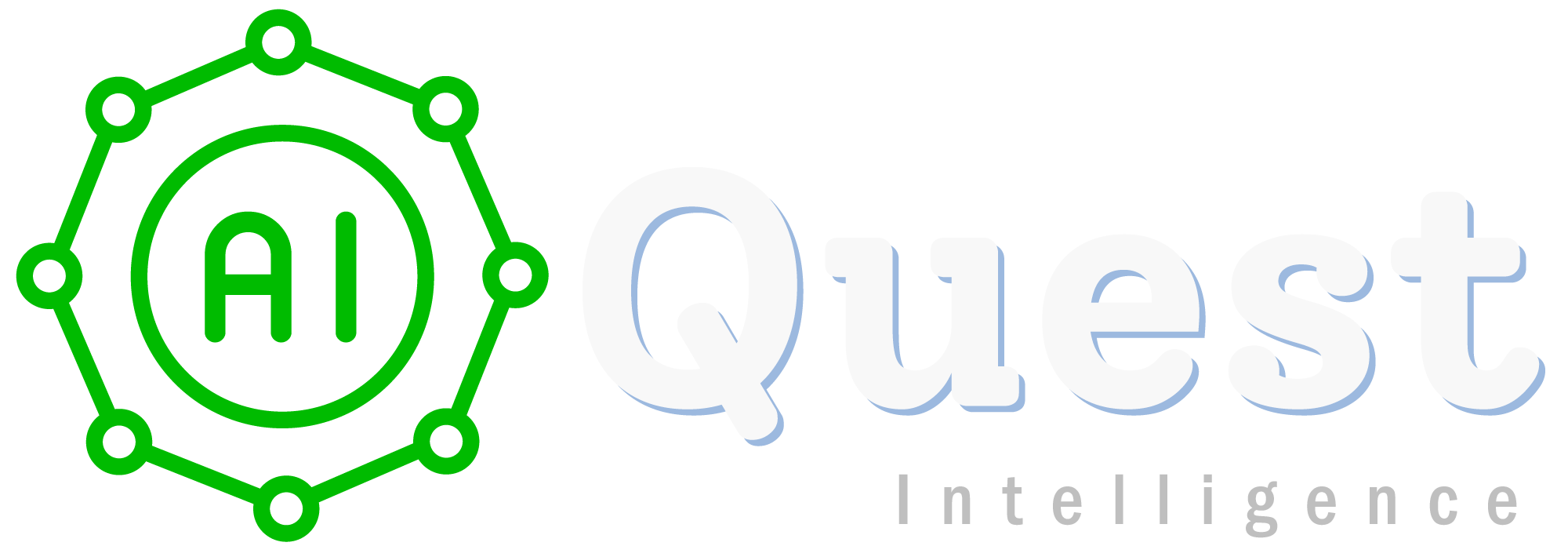Agentic AI refers to artificial intelligence systems that have agency—that is, the ability to make decisions and take actions autonomously in pursuit of goals. These systems are not just passive tools that respond to inputs; instead, they can:
- Set goals (within constraints or based on prompts)
- Make plans to achieve those goals
- Execute actions in a complex environment
- Adapt based on feedback or changes
- Operate autonomously for extended periods
Key Characteristics of Agentic AI:
- Goal-Directed Behavior: Acts with purpose, not just in reaction.
- Planning and Reasoning: Can break down tasks, make decisions, and adjust strategies.
- Autonomy: Performs tasks without constant human intervention.
- Memory and Context Management: Keeps track of progress, history, and environment.
- Tool Use: Can use external tools (e.g., web browsers, code interpreters, APIs) to accomplish goals.
Examples of Agentic AI in Practice:
-
AutoGPT or BabyAGI: Systems that take a high-level goal and autonomously generate, prioritize, and complete tasks to fulfill it.
-
AI agents in video games that pursue objectives, adapt to changing scenarios, and interact with the environment.
-
Customer service bots that proactively follow up on unresolved issues or gather needed information.
Agentic AI represents a shift from “AI as a tool” to “AI as a collaborator” or even “AI as an autonomous worker.” This opens doors to powerful applications—but also raises ethical, safety, and alignment concerns, especially if agents act unpredictably or outside intended bounds. Learn More about Agentic AI!
.
